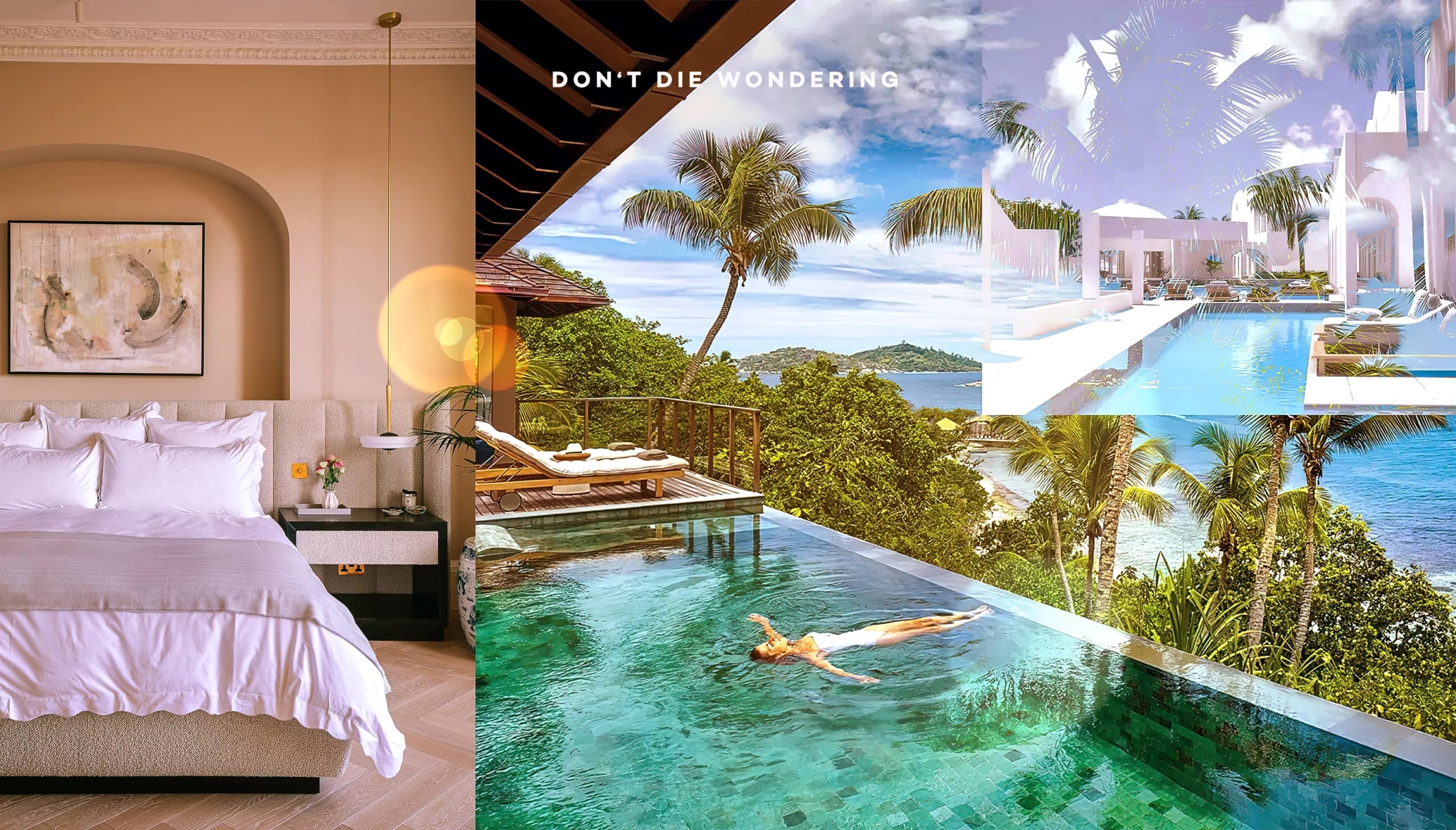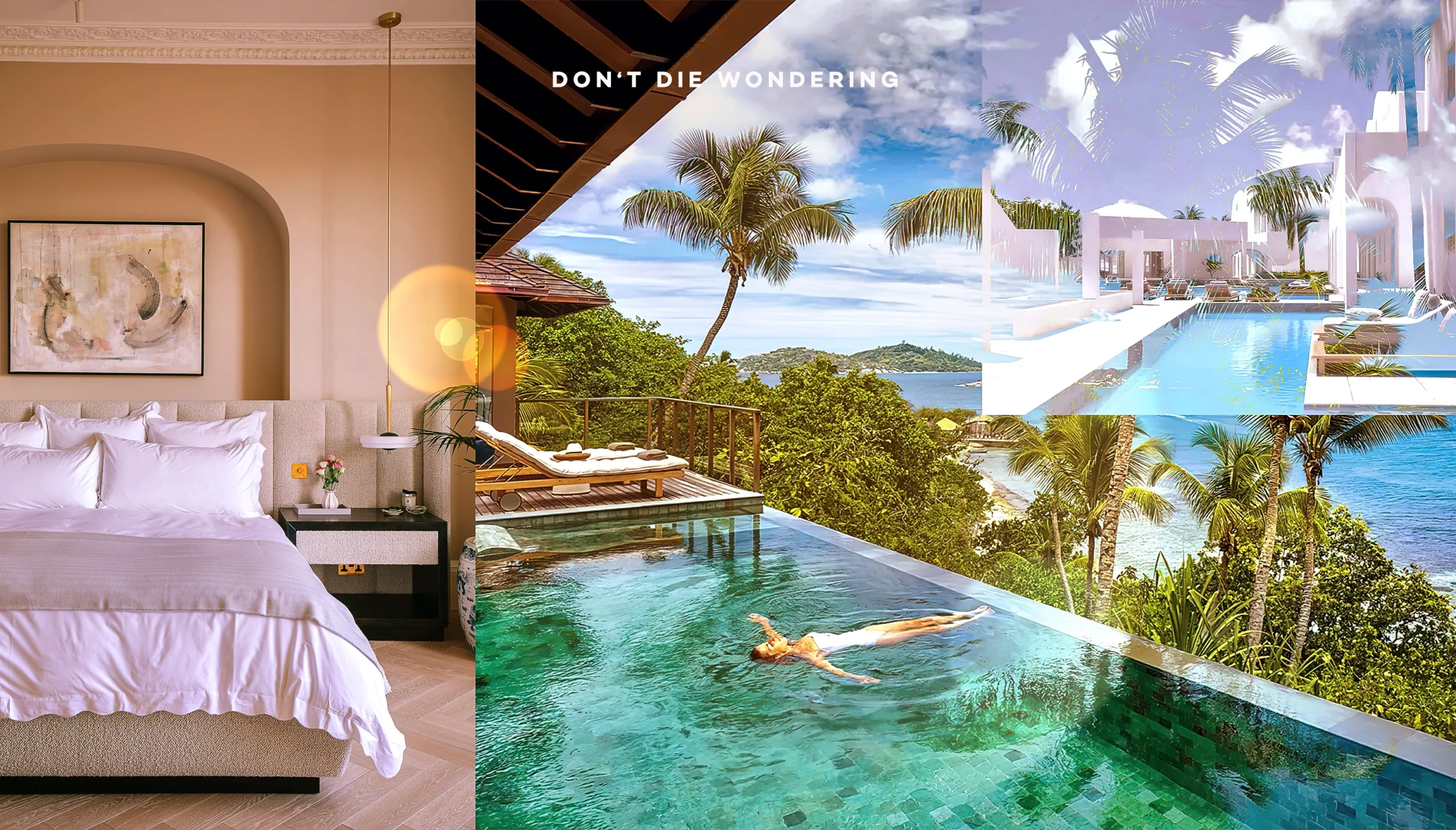Most hotel franchises don’t actually own the properties they operate in, and here’s why.
Hilton Worldwide Holdings Inc. is valued at approximately $50.82 billion. That is enough to buy 2,500 large yachts, approximately 322,581 Birkin bags or 166,666,667 300 dollar Michelin-starred meals. It’s a lot of money. With such staggeringly incomprehensible sums, one would expect hotel chains such as Hilton to own most of their property. But here’s the thing – they don’t.
The majority of these globally recognised brands (you know, the Mariotts, Hiltons and Raddissons) own less than 2% of their hotels. Instead, they operate under what is called a franchise and management contract model, which allows for rapid expansion and minimised financial risk.

The Franchise and Management Contract Model
At the core of most major hotel brands is a business strategy centered on franchising and management contracts. This model works by having independent property owners run the hotels while paying the brand for the right to use their name and system. For example, Marriott, Hilton, and Hyatt typically franchise their brands to independent owners who are responsible for the day-to-day operations and capital expenses of the property.
Under this arrangement, hotel brands earn revenue through franchise fees, which typically range from 5% to 15% of the property’s revenue. This fee grants the property access to the brand’s reservation systems, loyalty programs, and operational expertise, significantly boosting their marketability and occupancy rates.
Strategic Advantages
Rapid Expansion and Market Penetration
By not tying up capital in real estate, hotel chains can focus on expanding their global footprint quickly. This asset-light model allows for faster growth as the brand leverages external investments to increase the number of properties under its name.
Minimised Financial Risk
Owning properties involves significant financial risks, including market fluctuations, maintenance costs, and potential property devaluation. By operating under franchise and management agreements, hotel chains mitigate these risks, allowing them to remain profitable even in unstable economic conditions.
Scalability and Flexibility
The franchise model provides scalability, enabling hotel chains to enter new markets with less financial strain. It also allows brands to experiment with different concepts and hotel types without committing substantial capital.
Focus on Brand and Customer Experience
Without the burden of property ownership, hotel chains can concentrate on strengthening their brand, enhancing customer experiences, and developing loyalty programs. This focus drives customer retention and boosts overall revenue.

Hidden Facts and Insights
Diverse Brand Portfolios
Major hotel chains manage a diverse portfolio of brands catering to different market segments. For instance, Marriott’s portfolio includes luxury brands like The Ritz-Carlton and St. Regis, premium brands such as Sheraton and Westin, and more affordable options like Courtyard and Fairfield Inn (Hospitality Insider). This diversification allows them to capture a wide range of customers, from budget travelers to luxury seekers.
The Power of Loyalty Programs
One of the most significant advantages for franchised properties is the access to powerful loyalty programs. Marriott Bonvoy, for example, has over 200 million members, providing a steady stream of loyal customers to its properties. These programs not only drive bookings but also foster brand loyalty, ensuring repeat business.
Operational Efficiency Through Data
Large hotel chains utilize extensive data analytics to optimize operations. This includes determining room pricing, identifying peak booking periods, and even deciding on the best amenities to offer. This data-driven approach helps independent owners operate more efficiently and profitably under the brand’s guidance.
Challenges and Tensions
Despite the benefits, the relationship between hotel brands and property owners can be complex. Owners sometimes express frustration over stringent brand standards and the high fees associated with franchising. Additionally, the proliferation of hotels under the same brand in close proximity can lead to market saturation, impacting the profitability of individual properties.
Conclusion
The asset-light model adopted by major hotel chains like Marriott, Hilton, and Hyatt is a clever industry trick. It helps with rapid expansion, reduces financial risk, and allows brands to focus on enhancing customer experiences and loyalty programs, without taking the risk of owning the property they are actually managing This strategy, while not without its challenges, has proven highly effective, positioning these hotel giants as leaders in the global market. Understanding this business model reveals the intricate and strategic thinking that drives the success of these hospitality behemoths.


